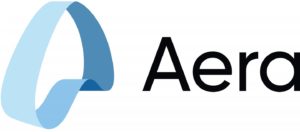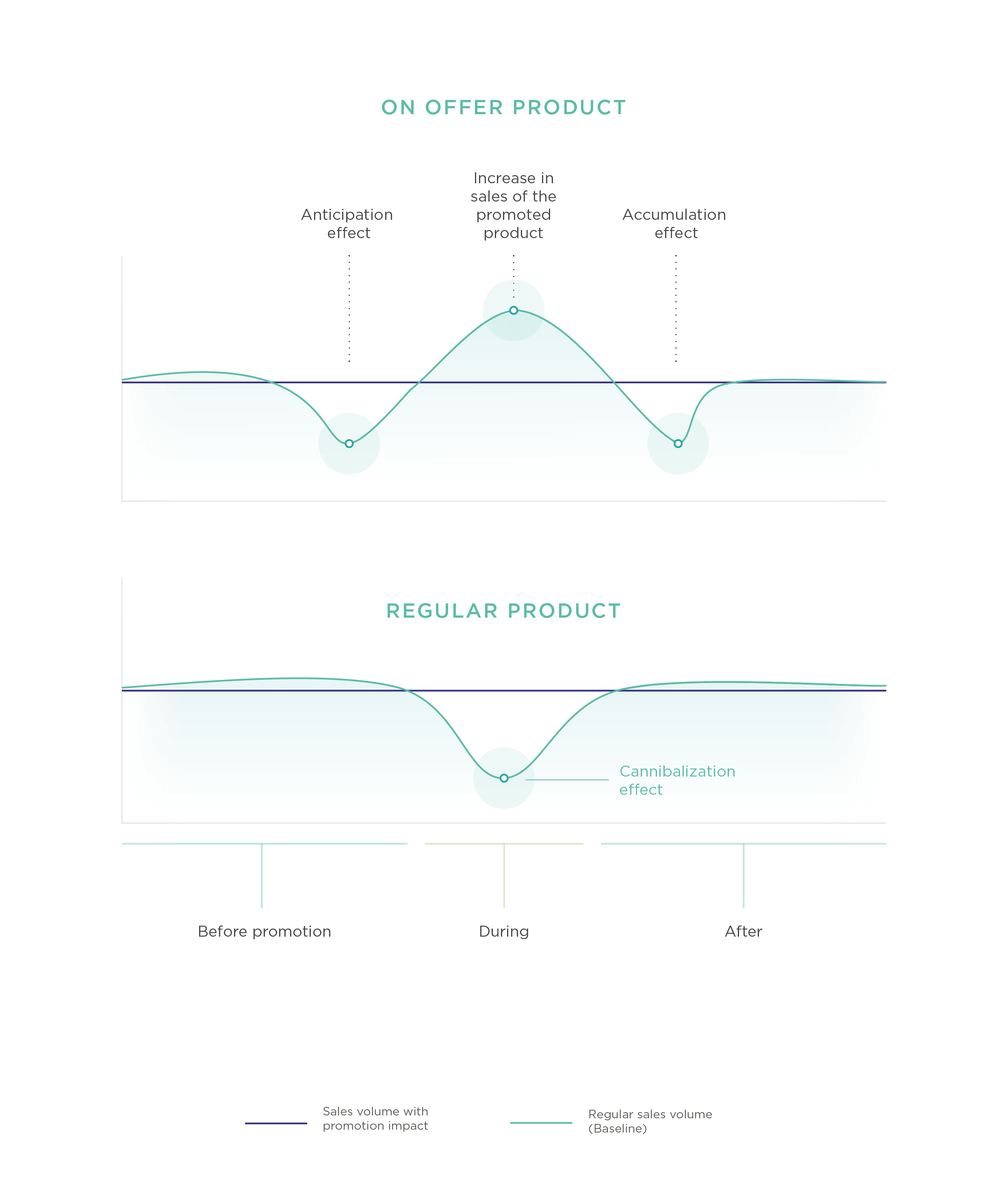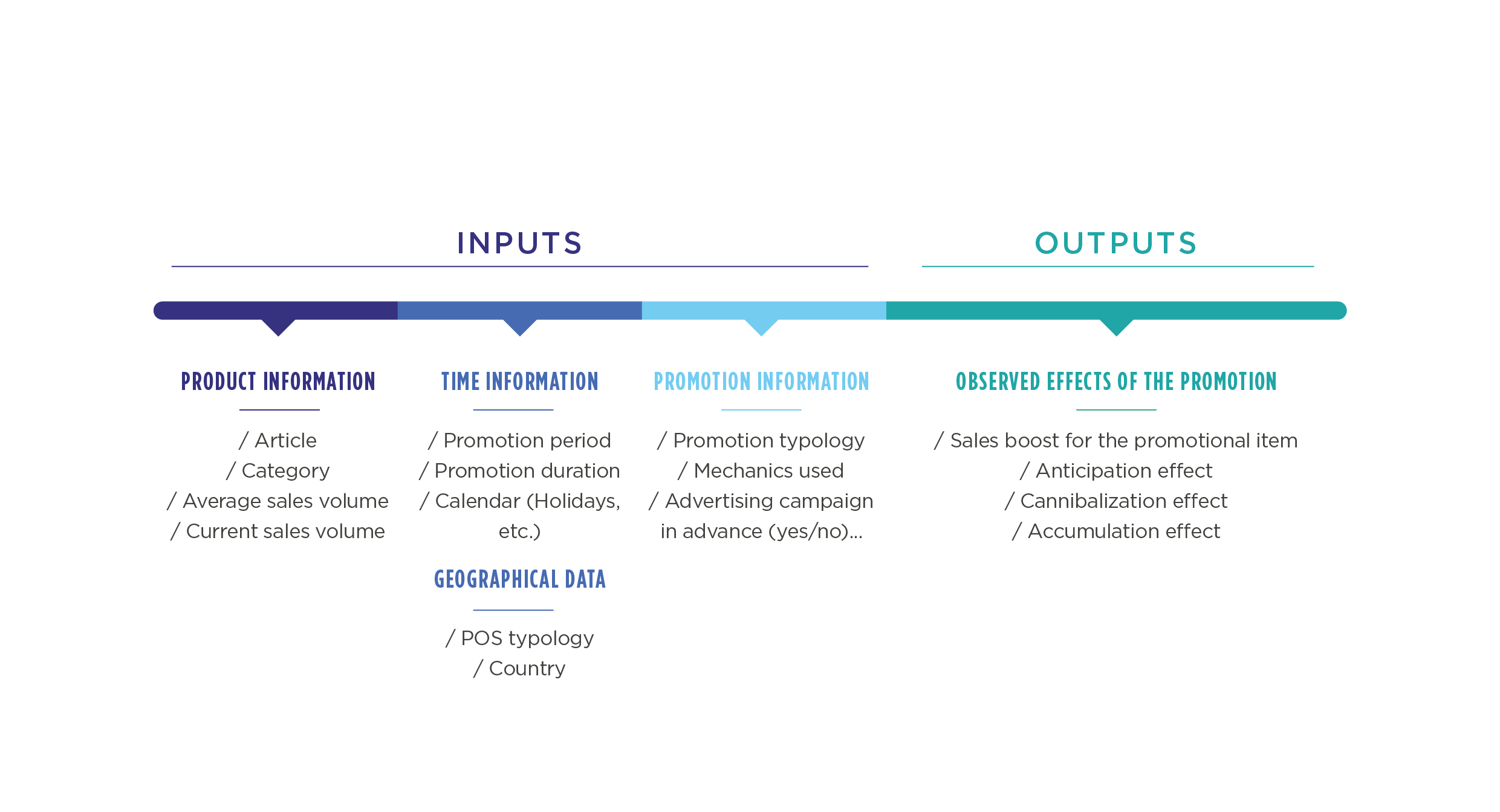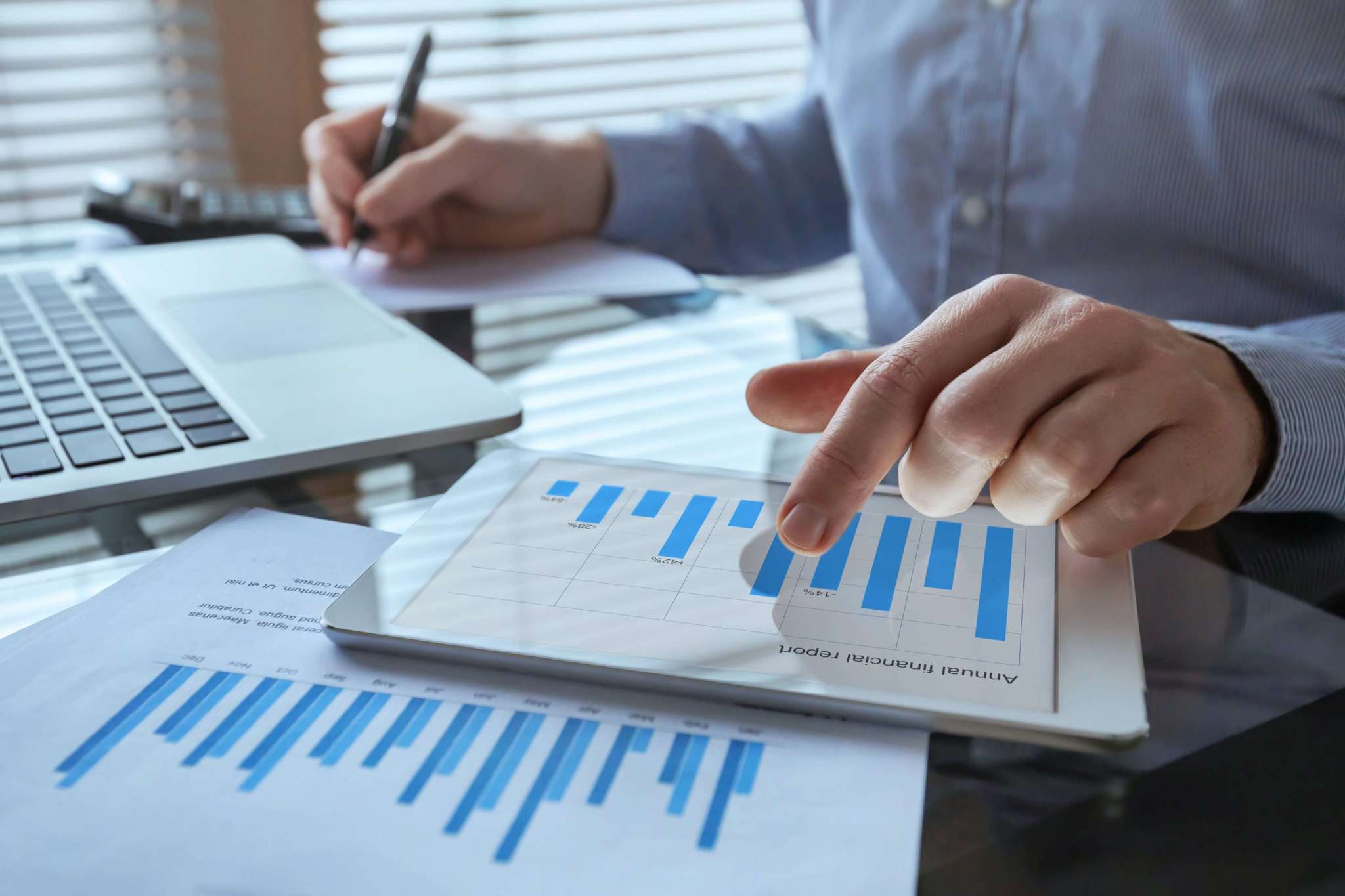In a situation of an abundant supply of products and services, consumers see promotions as a simple way to increase their purchasing power and are therefore more inclined to change their consumption habits, which not only impacts the article in promotion (uplifts, anticipation and accumulation effect) but also similar items not on special offer (cannibalization).
Therefore, carrying out promotional campaigns is an important marketing and financial issue that must be planned as well as possible in order to maximize the impact on consumers and, therefore, the benefits generated. This implies succeeding in determining, according to predefined constraints, the most suitable promotion mechanisms and a maximum number of occurrences by brand, by brand and by mechanism.
Today, Artificial Intelligence, with techniques such as Machine Learning or the ability to learn and make decisions from data provides tools that really improve the planning and performance of promotions.
In this article, we present the main ideas to reach the best preparation of promotional campaigns. To achieve this goal, we will use innovative techniques, in particular Machine Learning and Cognitive Automation. We will illustrate it with a specific case launched by our partner Aera Technology.

How can AI improve promotional planning effectiveness?
Promotional planning complexity
To be able to prepare these campaigns in the best possible way, marketing teams set up promotion plans in advance. The completion of this complex work requires several parameters that have an impact on the promotion performance including seasonality, promotion duration, promotion type, category and item targeted, and sales outlet among others.
In addition to the planning complexity, it is difficult to quantify the real global impact of a promotional campaign. As a matter of fact, it cannot simply be calculated from the increase in volume sales of the promotional item. There are indeed four distinct effects generated by a promotion that must be quantified to understand its real impact:
This appears when the promotion is announced in advance. Consumers then tend to reduce their purchases of similar items within the preceding period of the promotion for maximum advantage. This leads to a decrease in the consumption of similar items over this period compared to their reference sales volume.
There is a significant increase in the sales volume of a promotional product compared to its reference sales volume.
Consumers tend to turn to the promotional item at the expense of similar items or the same item not on special offer: this leads to a sales drop for similar non-promotional products during the special offer period compared to their reference sales volume.
During a promotion, consumers tend to buy in larger quantities and therefore to make a stock, followed up by a decrease in the consumption of similar items during the period after the promotion compared to their reference sales volume.
Illustration of the promotion’s effects
The real impact of a promotion corresponds to the profits achieved owing to the increase in promotional product sales volumes minus the losses caused by the other effects mentioned above (real impact = b – a – c – d).
AI advantage in this context
Considering the complexity of this topic, the use of artificial intelligence makes sense. In fact, this technology has the ability to learn and to take decisions from data, which makes it a very interesting tool for improving operational performance.
Promotional plans have been carried out for many years now and their impact can be directly calculated from the sales records of distributors and suppliers. It is then possible to create complete datasets that match each former promotion situation with the four resulting effects, and to train machine-learning models to predict these effects.
However, before the creation of a usable training dataset, we need to match the information on which we base the prediction which are the inputs (here the information concerning a promotion such as promotion type, product targeted, sales point, seasonality, etc.) with the values we want to predict, namely, the outputs (here the effects of a promotion).
Example of a usable training dataset
Once trained, the models will be able to predict the impact (regarding the four effects mentioned above) of a future promotion according to these different contextual parameters and thus, they will be able to optimize them upstream.
Tools with high operational impact
Marketing teams could increase their promotional planning impact while decreasing the time taken to develop these strategic plans by using these templates in several ways:
As a simulation tool
As an optimization tool
Marketing teams develop a promotional strategy and propose it to the model, which will predict the potential effects that this strategy can cause in real time. This allows the strategy to be fixed by varying its parameters until an optimal impact is achieved.
Based on input data (e.g. a product list or a promotion type) the model proposes the most suitable combination of parameters (product x promotion type x sales point x period) to maximize the promotion’s impact. Or, conversely, the model proposes promotion plans which allow a given objective to be reached.
Hereinafter, we will present a practical case in which this type of model has been implemented as a result of Aera Technology’s solution.
Return of experience from Aera Technology
Optimizing trade promotions with Cognitive Automation
Loïs Guillemaille – Client Partner at Aera Technology
Rishi Raj Singh – Engagement Principal at Aera Technology
A global CPG leader has chosen Aera Technology to optimize its demand forecasting and trade promotions with Cognitive Automation. The processes and tools to elaborate and follow trade promotion were disparate across regions and brands, with limited capabilities for analysis and simulation, while consuming a lot of time from the account teams.
Headwinds such as the growth of discounters, private labels vying for shelf space in major retailers and the difficulty in tracking the effectiveness of promotions vis-a-vis their competitors were driving down margins while the company lost market share.
Now Aera recommends optimised and timely actions for Account Managers, for every product and week in their purview, reducing their time and effort while delivering more accurate outcomes. They can establish and follow up the promotion plan, measuring the ROI of the decisions taken, with recommendations to improve the performance during their execution leveraging inventory data. They can track competitor activity based on syndicated sales and get recommended alternatives to the current plan for course corrections. They get all the information and analysis needed to prepare the negotiations and commercial reviews with customers.
Aera’s ability to join external data sets such as syndicated consumer sales (Nielsen), retailer EPOS systems and promotion tracking (Numerator) data and integrate with ERP and CRM data meant that a single source of truth for both sales and consumption data could be created to track sell-in vs sell-out information. While designing and developing the skill, detailed promotional activity models for each market had to be built, capturing the incremental effect of different tactics and mechanics.
As part of the scale-up and global expansion, this was then expanded to localise the solution based on the needs of various geographies. This expansion would also involve the sometimes tricky integration with external data sources relevant to the needs of the specific markets but has now enriched Aera’s Cognitive Data Layer with mappings necessary for repeat implementations.
Aera Cortex, its engine for advanced analytics, is used to provide optimization and simulation models to generate a consistent, optimized promotional calendar based on business objectives, marketing and supply chain constraints, and available competitive insights, and can also be leveraged to provide standardised base and incremental splits based on advanced machine learning models to predict promotions more accurately.
Aera’s bi-directional crawlers write back into CRM or ERP systems directly when recommendations are accepted by the account managers, automating the promotion creation process and reducing manual effort.
Aera is leading in the reach, depth and breadth of its promotion optimization solution while providing its users with a user-friendly interface, removing the layers of complexity at the heart of the offering. Introducing users to this new way of thinking and working while reducing the clutter of offline spreadsheets and distributed data was challenging but rewarding. Automation of creating and maintaining CRM promotions was a massive stimulus to the users in leaning towards Aera.
Aera implementation drove a 1 percentage point improvement in absolute gross margin while maintaining margin to revenue ratios. Testimonial from the North America CIO “I truly believe that it’s not so much about an exciting new thing anymore, it’s almost like a point of survival. In about three to five years, I believe this will become as ubiquitous as an ERP today, and we’re enjoying having made the first move with Aera”.
Do you have a question? Don't hesitate to ask.
You want to know more, you want to be contacted:








